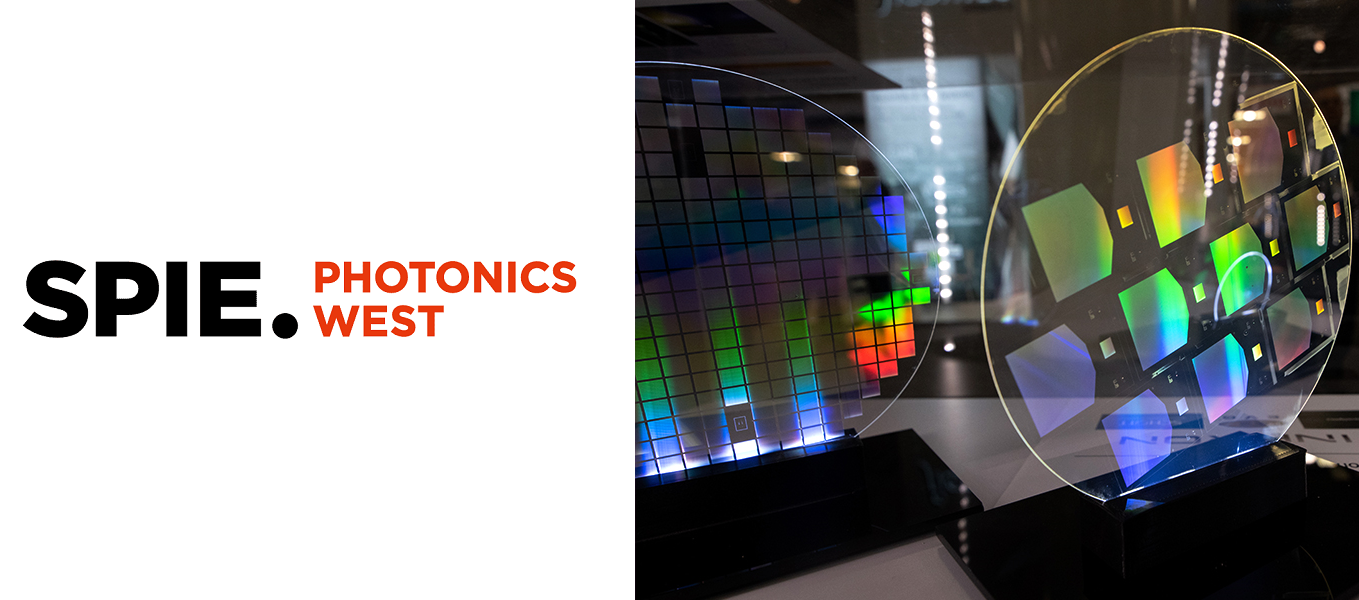Additive Optics Design and Fabrication – A Powerful Marriage
THE answer to overcoming the bottlenecks in conventional optics design and manufacture has, after the marriage of two emerging technologies, become fairly simple: Modern mathematical design methods can be used to rapidly generate designs for custom optics. Accordingly, the physical parts can be generated using Additive Optics Manufacturing processes to generate functional parts on demand. Considered optics are – along with cooling technology – the key area of concern in nearly any new lighting system development, this is pretty interesting news for the Lighting Industry.
Faceted Lens Software – Design for Additive Optics Fabrication
Traditionally, optics design methods include ray-tracing combined with human expertise to optimize the parameters of design. This approach often entails manually finding the best optical design for a certain problem, relying on the expert’s insights.

Diagram Ray-tracing method [Light source (ray file)] → [Secondary optics (CAD)] → [External distribution of light (Eulumdat)]
Novel ‘target-to-source methods’ however, include the calculation of optical design in a directly printable digital CAD format, with inputs ‘the light source properties’ and the ‘requested external distribution of light’ (target). It leads the focus away from ‘how to achieve it?’ towards ‘where is the light desired’.

Target-to-source method [Light source (ray file)] → [Secondary optics (CAD)] ← [External distribution of light (Eulumdat)]
Additive Optics Fabrication – Custom Optics Printed to Demand
Whereas Faceted Lens Software aims to take away the bottlenecks in today’s lens design processing, optical 3D printing addresses the pain points faced in traditional lens manufacture. Custom optics are now generated directly from the CAD file, with only one step from CAD-to-Optic.

Direct ‘CAD-to-Optic’ manufacture is the most straightforward way of getting your custom optics available without costly commitments.
Combined Approaches – Unique Features
The unique features of the combined technological approaches include some vital economical and sustainability advantages. Most notable are:
* Design and Manufacturing Flexibility:
Enhanced flexibility and freedom including ultra-fast design and raytracing options at design end, as well as the ease of fabricating ‘Product Variations’ (small deviations on a given design) and ‘Product Iterations’ (adjustments) in one single 3D printing process;
* Toolless Manufacture:
Direct Digital CAD-to-Optic manufacture with no need to invest in (wasted) manufacturing (soft)tooling;
* Zero-stock, Zero-Waste:
With toolless-fabrication, no Minimum Order Quantities (MOQ) are needed to be sourced to amortize the tooling investment. This avoids costly write-offs and eliminates the need for maintaining large quantities of stock.

The use of printed Facet Lenses enables a project lighting designer to put ‘light where needed’. As such, unwanted light losses and glare (Figure A) can be avoided and a perfect ‘fit-for-purpose’ is guaranteed (Figure B).
* Significant Reduction of Light Pollution:
The ability to put ‘light exactly where needed’ avoids unnecessary light losses, unwanted or hindering glare and reflections. This directly benefits the well-being of living species, including humans and animals.
More Information
Learn more about additively generated Facet Lenses on our Faceted Lens Technology pages.

















